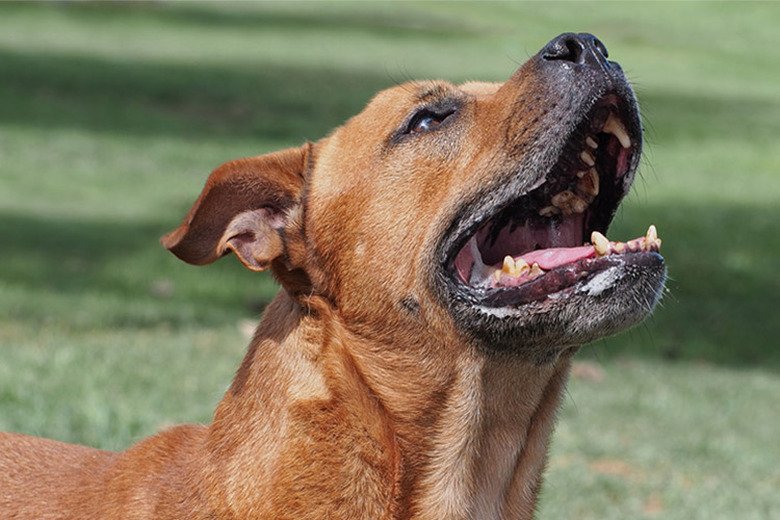Decibel Level Of A Barking Dog
Loud dog barking is not only annoying, but it can also reach a decibel level that can potentially damage your hearing. A loud barking dog can create a sound that measures 100 decibels (db) or more. It is important to protect your hearing and take steps to stop excessive barking, which can quickly become a nuisance to your neighbors.
Dog bark decibel levels
Dog bark decibel levels
Sound intensity is measured in units called decibels, and when the decibel level gets too high, it can increase stress levels and damage hearing. So, how many decibels is a dog bark? Just as human voices differ in tone and loudness, so do dog barks. Some dogs will naturally have a louder bark than others, and that bark may have a higher or lower pitch than others.
That being said, a loud dog bark is often around 80 to 90 decibels, although some dogs may be even louder, exceeding 100 decibels. If you have multiple dogs or if the dogs are in an indoor environment, like a kennel, the sound can reach 115 decibels or more.
Effect on human hearing
Effect on human hearing
You know that a dog bark is loud, but just how loud is 100 decibels? If you were to shout at someone, that sound would likely be around 80 decibels. The decibels of a dog bark are actually closer in intensity to the 110 decibels sound created by a pneumonic drill.
Sounds under 60 decibels are safe for your hearing and generally, your mental state. When you are exposed to sounds over 70 decibels, like city traffic or a washing machine, you may start to feel extremely annoyed, although they won't damage your hearing. At 85 decibels, there can be damage to your hearing if you are exposed to the sound for two hours or more. At 100 decibels, that damage can occur after just 15 minutes of exposure to the sound.
Decrease dog barking db level
Decrease dog barking db level
Take steps to protect yourself and your family from hearing loss from a loud, barking dog. If you are in a kennel setting, it is a good idea to wear earplugs, which can dampen the sound and decrease the noise that reaches your ears by about 20 decibels.
Of course, earplugs may not be practical in your home, but you can still take steps to adjust the acoustics in your home to help absorb some of the noise from the barking. Use weatherstripping or other materials to seal air gaps around windows and doors where the sound of dogs barking loud can escape.
Adding density to your walls and windows can further dampen sound. Plywood and soundproofing sheets are an effective option. Soft materials on the walls can further dampen the sound. Hanging blankets is effective, or you can opt for soundproofing pads designed specifically for this purpose. While these steps can help, the best thing to do is to teach your dog to stop barking excessively.
Managing excessive barking
Managing excessive barking
Excessive barking may be caused by boredom or anxiety. Ensure that your pup is getting enough exercise and mental stimulation to help resolve these problems. Walk or play with your dog before you leave the house or just prior to times when you know he is prone to bark. Distract him with a chew or puzzle toy that he can focus on instead.
It is also helpful to teach a command, such as "quiet," that you can use to silence your dog. Make sure to reward your dog when he is quiet and not while he is barking or whining. If the barking continues, you may need to consult a professional dog trainer to help you identify the cause of the excessive barking and resolve the issue.
References
- Industrial Safety & Hygiene News: Inside a Kennel: Chorus of Barking Dogs Can Reach 115 Decibels
- ASPCA Pro: Canine Behavior and Acoustics
- Audimute: 5 Tips To Control Dog Barking Noise: Talking Acoustics
- American Kennel Club: How to Stop Nuisance Dog Barking
- Centers for Disease Control and Prevention: What Noises Cause Hearing Loss?
